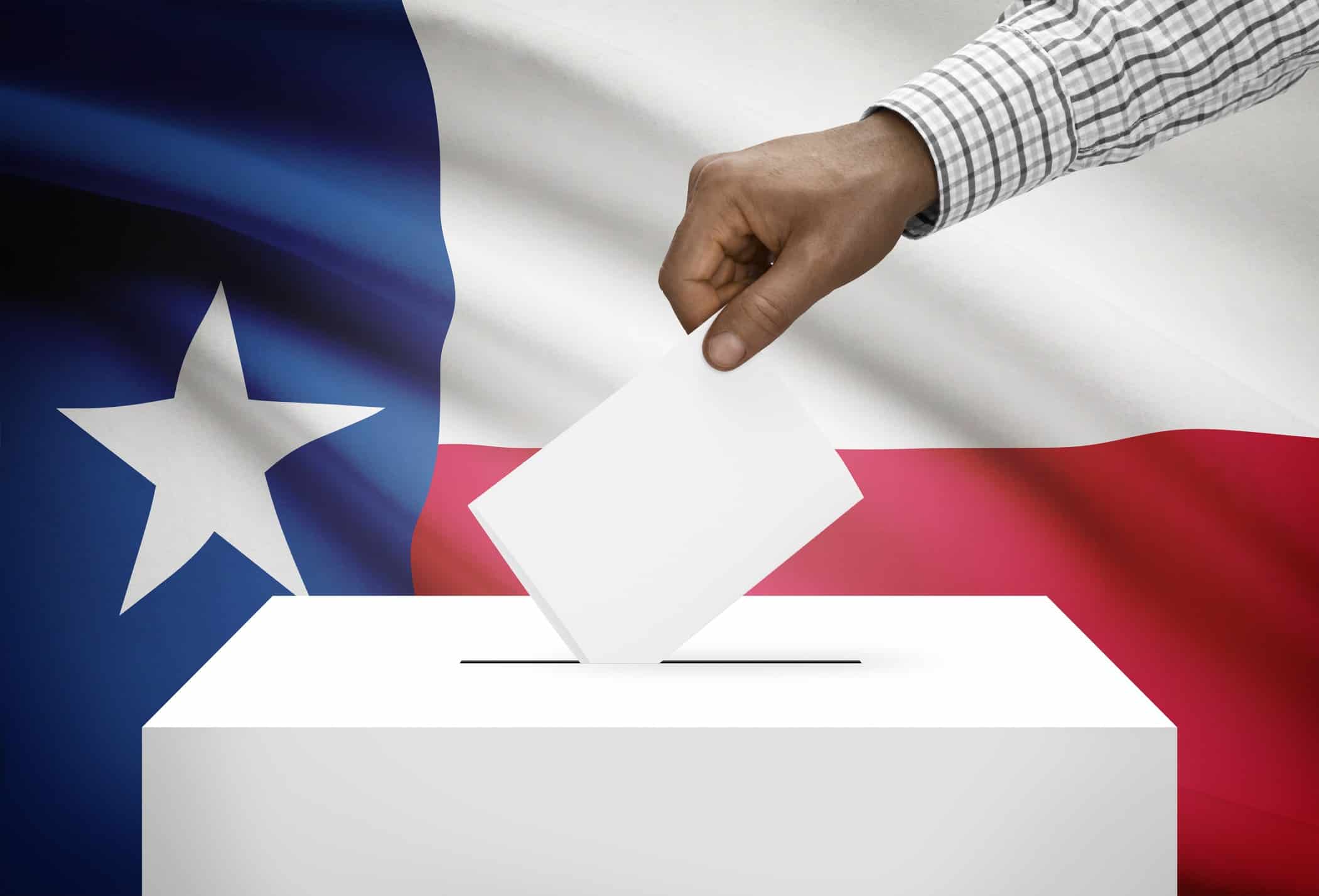Months before the general election, Republicans and Democrats are engaging in a separate but equally important race: to register as many voters as possible before the deadline.
That deadline, scheduled one month before the general election, will set in stone the potential electorate for both parties in 2020.
So far, Republicans and Democrats have poured huge sums of cash into their efforts to reach the remaining 5.6 million unregistered Texans.
The state Democratic party hope to register as much as possible from an estimated pool of 2.6 million Texans who they believe are likely to vote Democratic. By and large, their efforts will mainly target urban and suburban districts with a particular focus on young and minority voters.
That’s a deep well to draw from. Suburban communities in Texas– areas where Democrats have found increasing success in recent years– are continuing to explode in population, which means new potential voters.
Moreover, Texas is a relatively young state with a burgeoning Latino population, a demographic that has steadily begun to abandon the Republican Party.
One University of Houston poll conducted in September 2019 found that about half of Texans Latinos have at one point voted Republican. When asked if they planned to vote for Trump, only 19 percent said they would– 23 percent lower than the average Texan.
Equally telling, at the start of the past decade Republican candidates like Gov. Rick Perry and Mitt Romney commanded between 37 to 49 percent of Latino support. But by 2016 with the election of Trump, those figures have since dwindled to the low thirties.
“It’s a potential problem if the Republican Party doesn’t work harder to expand its base of support,” Mark Jones of Rice University told the Signal. “And that’s primarily focusing on Anglo-Millennials, post-Millennials (Gen Z), and Latinos, and to a lesser extent Asian Americans. The ship sailed long ago on African Americans.”
When looking at who Democrats and Republicans need to respectively register in order to win, the path to having a bigger electorate is much easier for Democrats since their base has more room to grow.
“The Democrats have much more to work with,” Jones said. “The pool of unregistered potential Democratic voters is larger than the pool of unregistered potential Republican voters.”
While urban areas already have relatively high voter registration rates, the remaining unregistered voters represent a significant chunk of potential ballots. For example, Harris County has around 90 percent of its voting-age residents registered, but the remaining 10 percent represents roughly 250,000 unregistered voters (remember, Sen. Ted Cruz beat Beto O’Rourke by only 220,000 votes).
These urban and suburban districts will play a critical role in 2020. Texas’ five largest urban counties– Harris, Dallas, Tarrant, Bexar and Travis contributed 43 percent of all votes cast in 2018. If Democrats continue making gains there, as well as the suburban counties that surround them, Republicans could find themselves without a base of support.
Niyazz/Getty Images
Fernando covers Texas politics and government at the Texas Signal. Before joining the Signal, Fernando spent two years at the Houston Chronicle and previously interned at Houston’s NPR station News 88.7. He is a graduate of the University of Houston, Jack J. Valenti School of Communication, and enjoys reading, highlighting things, and arguing on social media. You can follow him on Twitter at @fernramirez93 or email at fernando@texassignalarchive.com





